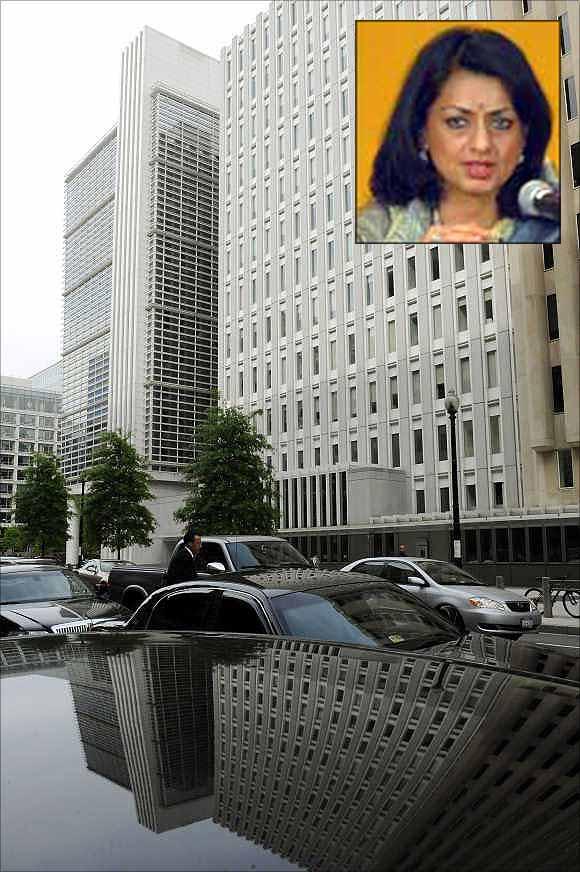
Kochhar, one of the senior-most Indian Americans at the World Bank, who came armed with facts and figures and plenty of statistics from Bank reports and field research, said: "South Asia has the highest gender inequality in the world."
...

She said, "The gender inequality index uses five indicators including maternal mortality, adolescent fertility, parliamentary representation, educational attainment, and labor force participation, and South Asia ranks the worst on these indicators, even compared with the Middle East and North Africa and Sub-Saharan Africa."
Zeroing in on one indicator - nutrition - Kochhar said the statistics in South Asia and India were "appalling."
She said, "Forty-two percent of children in South Asia suffer from wasting defined as low weight for age," and the figure was even higher for India - 44 per cent."
...
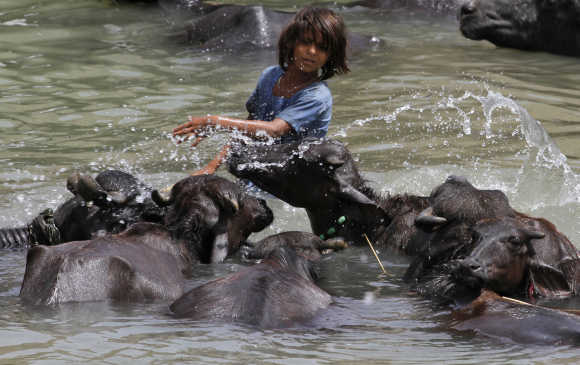
Kochhar said, "Forty-seven per cent of children in South Asia suffer from stunting, defined as low height for age," and even here, the figure was higher for India - 50 per cent."
She argued that this mattered because "we know that the human growth process is highly dependent on nutrients received in the early years of life. The foundation for building human capital is therefore laid in the early years of an individual's life - in the first 1000 days since conception to be precise - and there is a strong link between malnutrition and reduced cognitive capacity."
...

"There is also some evidence that deficiencies in early childhood development and cognitive capacity affect productivity and earnings in adult life. That is people who learn less, earn less. Based on these links, at the current levels of malnutrition, individual productivity losses are estimated to be more than 10 per cent of their lifetime earnings, and GDP lost to malnutrition could be as high as 2-3 per cent," she said.
Kochhar said a recent World Bank study in Guatemala "showed that children who received nutritional supplements up to age three had significantly higher scores on cognitive tests and earned 34-47 per cent higher wages as adults than those who had not received these inputs."
...
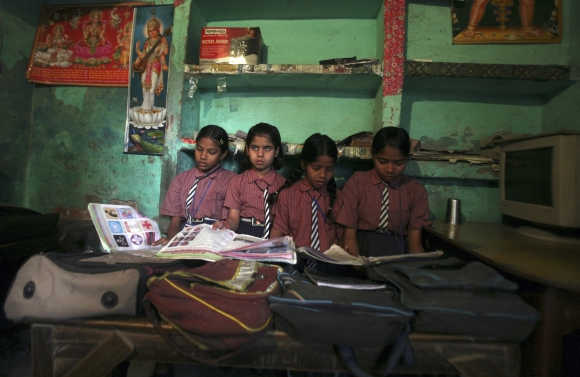
"Second, gender matters for nutrition indicators. Looking at the percentage of children age six months who are two standard deviations below expected weight for age, the percentage is roughly equal at around 32 percent for boys and girls. By age five, the gap widens significantly between boys - 44 per cent - and girls - 49 per cent."
Kochhar, who asserted that girls are discriminated against and preference in terms of food, is first given to the boys, said in India "these differentials persist into adolescence - the percentage of girls 15-19 who have a body mass index of below 18.5 is 47 per cent in India."
...

She said this mattered because "in conjunction with the high rate of adolescent girls having children, we are perpetuating a lifecycle of malnutrition. We know for a fact that pregnant women in South Asia put on less weight during pregnancy than they should - five kilogrammes on average compared to the worldwide average of close to 10 kilogrammes. Too often, new mothers are still children themselves, a staggering 75 per cent of them are anemic, and some one third of all babies in India are born with low birth weights.
"We know that poor hygiene, combined with dense populations, leads to the frequent occurrence of infections which deplete young children of nutrients. We also know that while not genetic, malnutrition is inter-generational, meaning that it takes a few generations for the once malnourished girl to become the grandmother of a well-nourished child," she added.
...
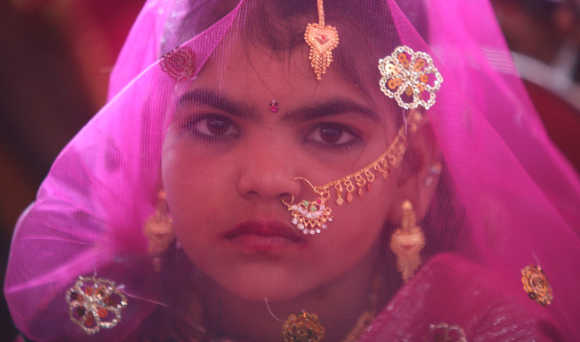
Explaining what was driving malnutrition in India, Kochhar said, "Surprisingly, our work shows that the biggest determinants are one, your level of income - the higher it is the lower the incidence of malnutrition, two, the level of the man's education, and three, to a lesser extent, the level of the woman's education but more important the woman's role in decision making and four, access to sanitation and clean water."
Kochhar said in order to alleviate these problems, and fix the massive gender gaps that are still prevalent, while it may come as a surprise, what was most important was that "we need to target men. They are the missing link in this story is educating men."
...
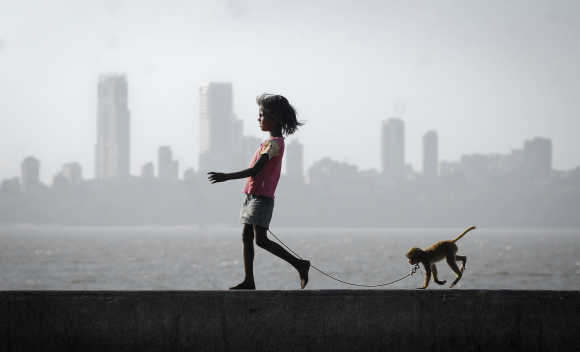
She said, "Social acceptance of violence against women is very high - 56 per cent of males and 51 per cent of female adolescents - 15-19 years - think that a husband is justified in beating his wife if she burns the food, argues with him, goes out without telling him, refuses sexual relations or neglects the children."
Kochhar also stressed that "Sex selective abortions are a form of violence against women and dowry murder too."
Thus, she reiterated that "educating men and targeting interventions to them holds the key to unlocking this vicious circle in India."
...

"Typically the target of gender focused nutrition activities are mothers and/or children - nearly 80 per cent of the activities are targeted to this group. But less than 20 per cent goes to men. This is disproportionate as men are often the decision makers in the home. They need to be educated about the benefits of good hygiene, good nutrition for the women and girls, etc."
Kochhar warned that "unless fundamental behaviour changes occur, no broad based changes can occur in the true empowerment of women."